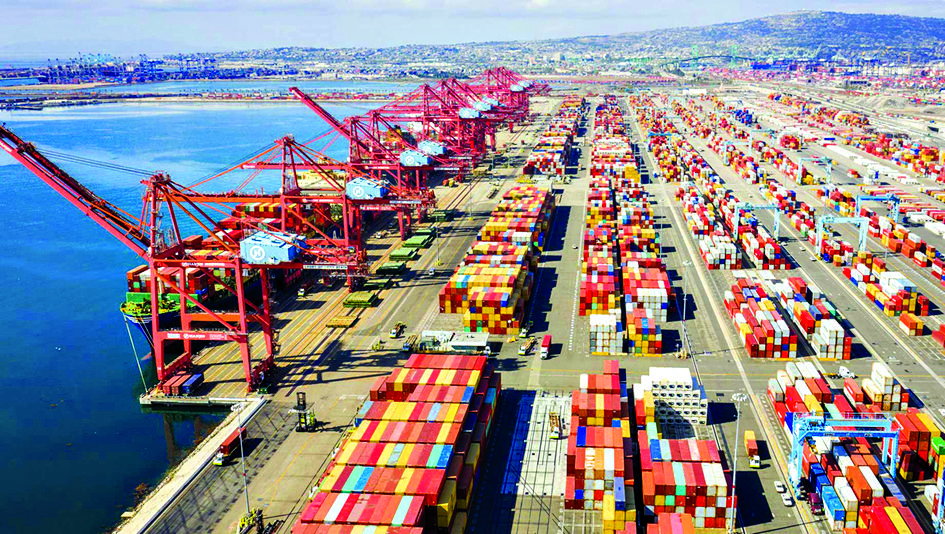According to government data, October saw a rare 3.2% year-over-year (Y-o-Y) decline in the cargo volumes of central government-owned ports, commonly referred to as major ports. This decline was mostly caused by a decline in exports of coal and crude oil. Last month, the 12 major ports handled 68.22 million metric tons (mmt), a reduction from the previous month. Coastal ships brought in around one-fourth of this cargo.
In October, domestic cargo transported across coastal waters rose 5.3% year-over-year to 15.9 mmt, while overseas freight handled by these ports fell 5.5% to 52.9 mmt. According to the data, the volume of crude oil, which makes up nearly a fifth of all traffic, decreased by 8.8% to 12.9 mmt, while the total volume of petroleum products also decreased.
A significant decline in non-thermal coal cargo was the main cause of the 13% year-over-year decline in coal, one of the main sources of income for ports. Due to heightened consumer spending throughout the festival season, October usually sees more commodities movement. In October, container traffic at state-owned ports was constant at -0.2 percent.
India’s merchandise exports, on the other hand, grew at the quickest rate in 28 months, at 17%, mostly due to Western inventory accumulation as the Christmas and New Year’s holidays draw near. Furthermore, the nation’s privately operated ports had a 5.7% increase in export-import (Exim) cargo and a 5.7% increase in cargo volumes, reaching 64.2 mmt.
Private ports benefited more from the festival season rush, as seen by the 21.5% rise in container handling to 13.3 mmt. Adani Ports and Special Economic Zone, India’s biggest private port operator, has handled 257.7 mmt of total cargo so far in 2024–25, an 8% year-over-year increase. The company informed exchanges earlier this month that containers, which were up 19% year over year, were the main driver of this development, followed by liquids and gas, which were up 9%.







